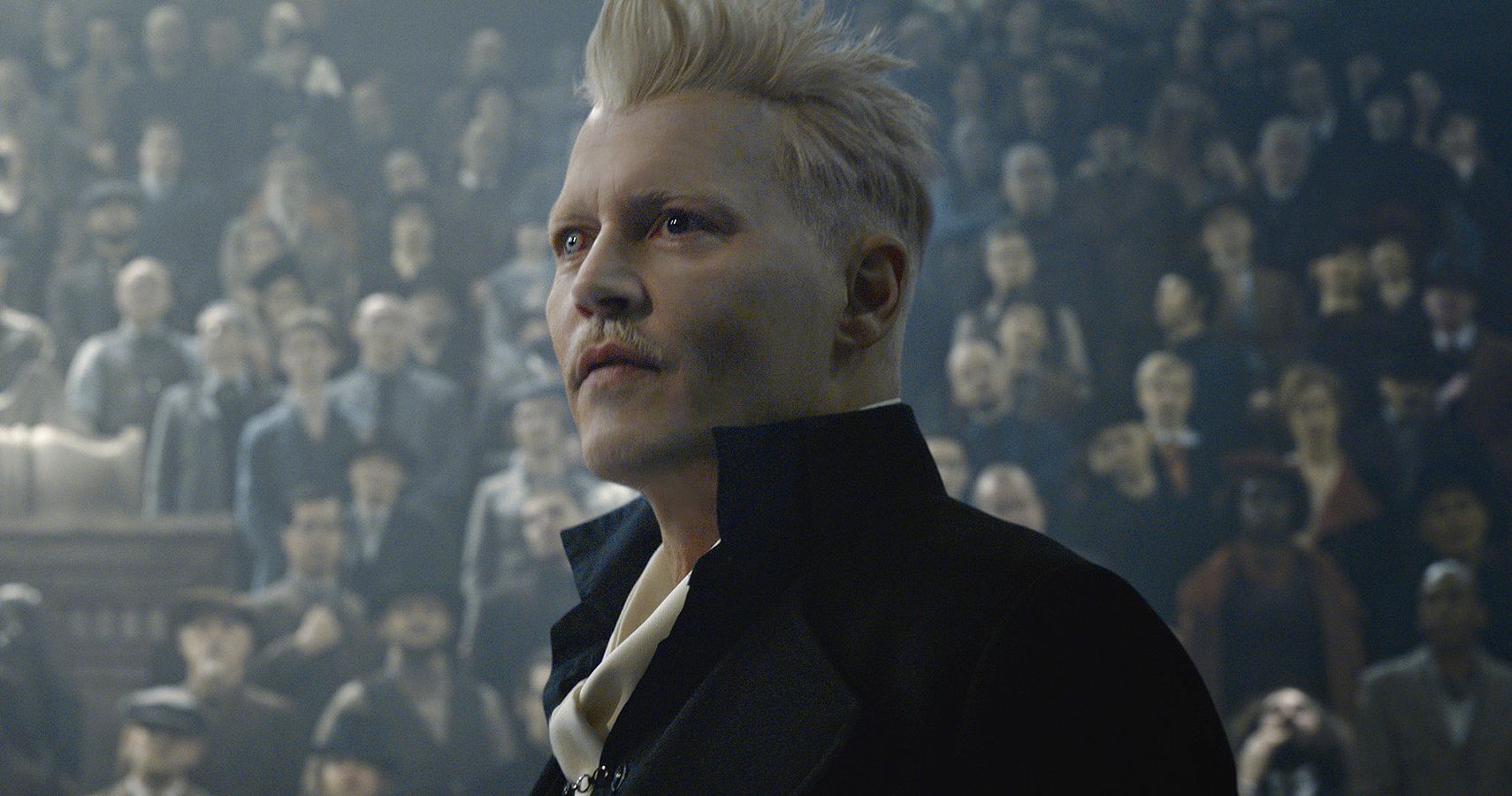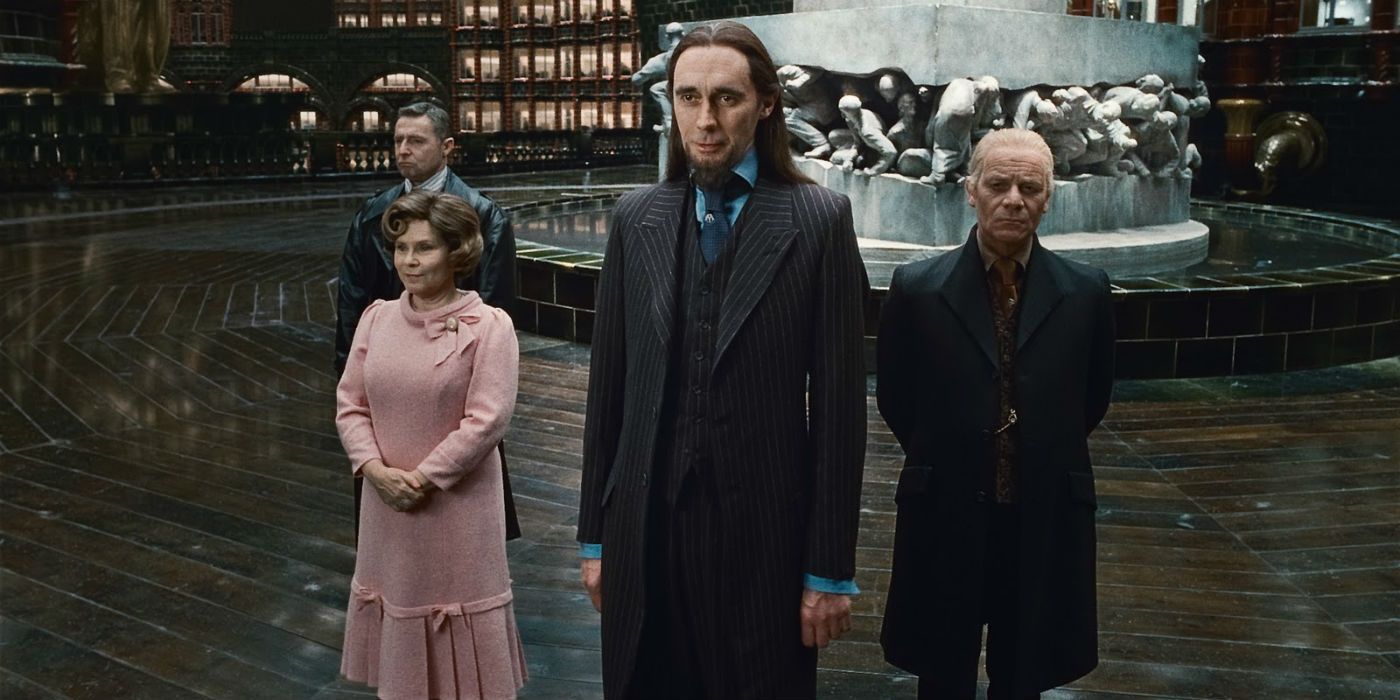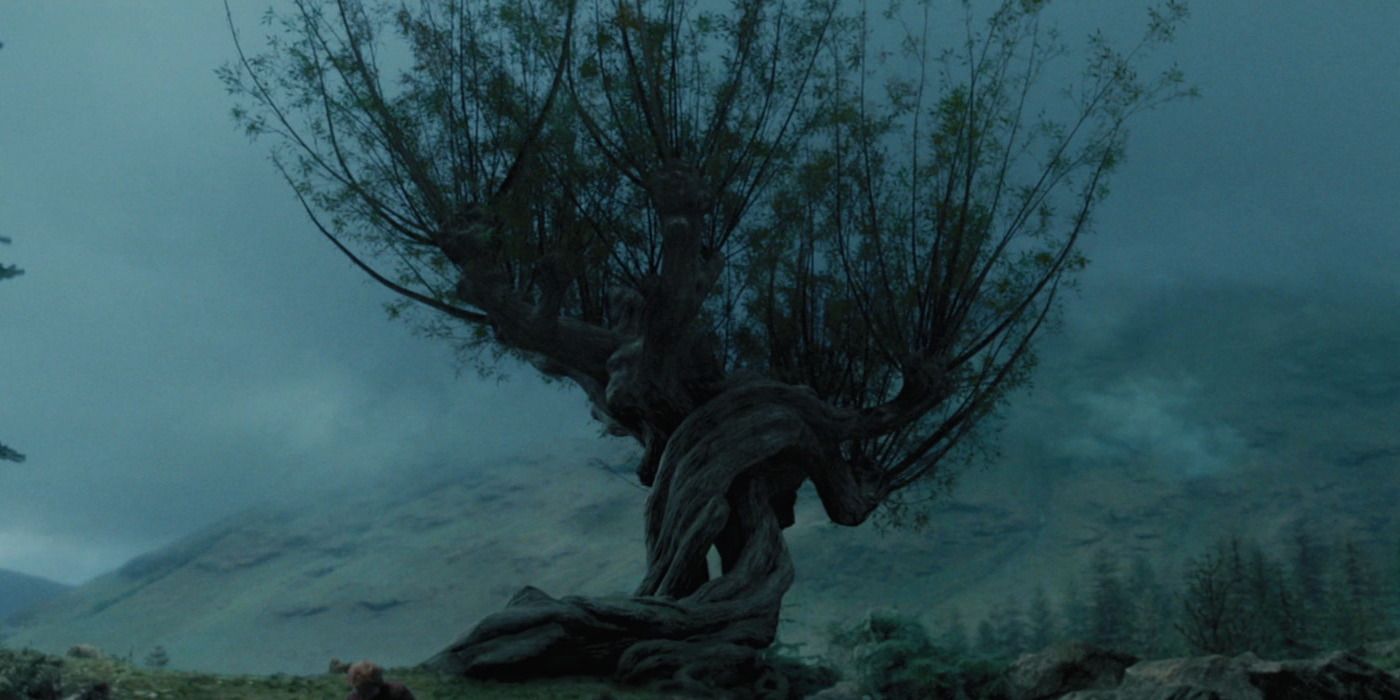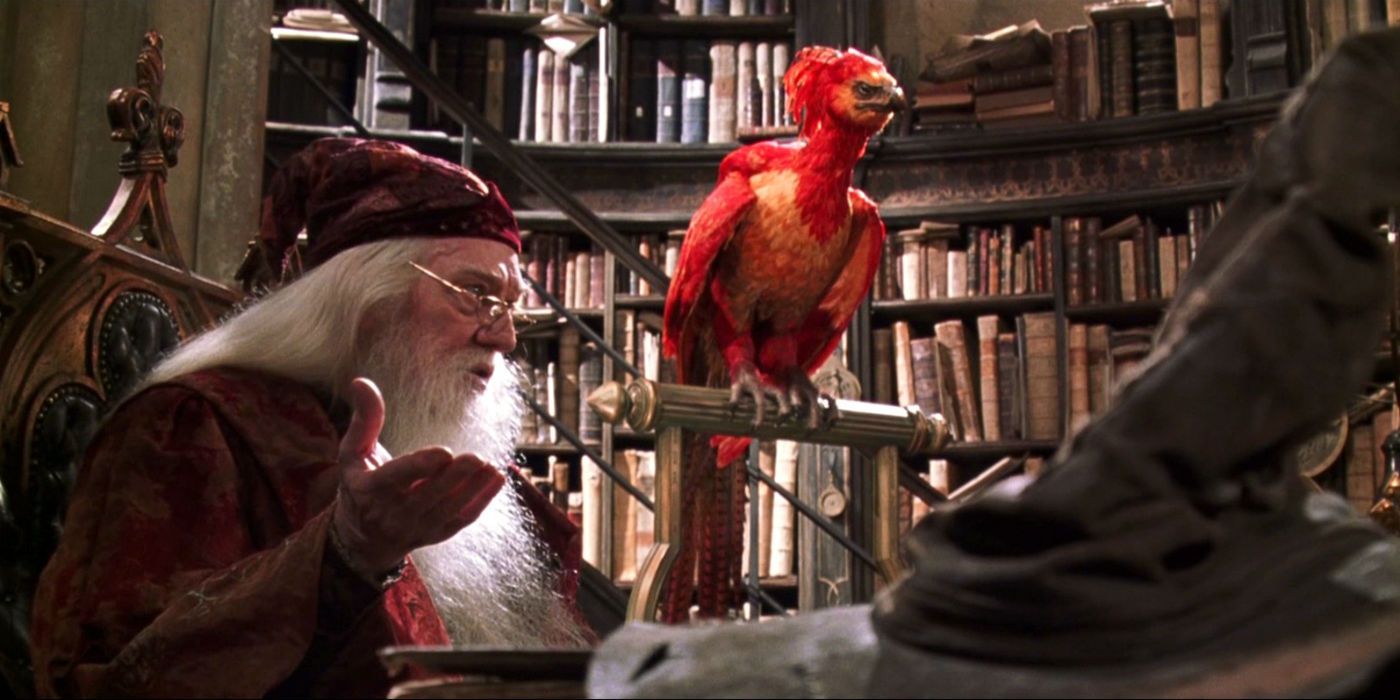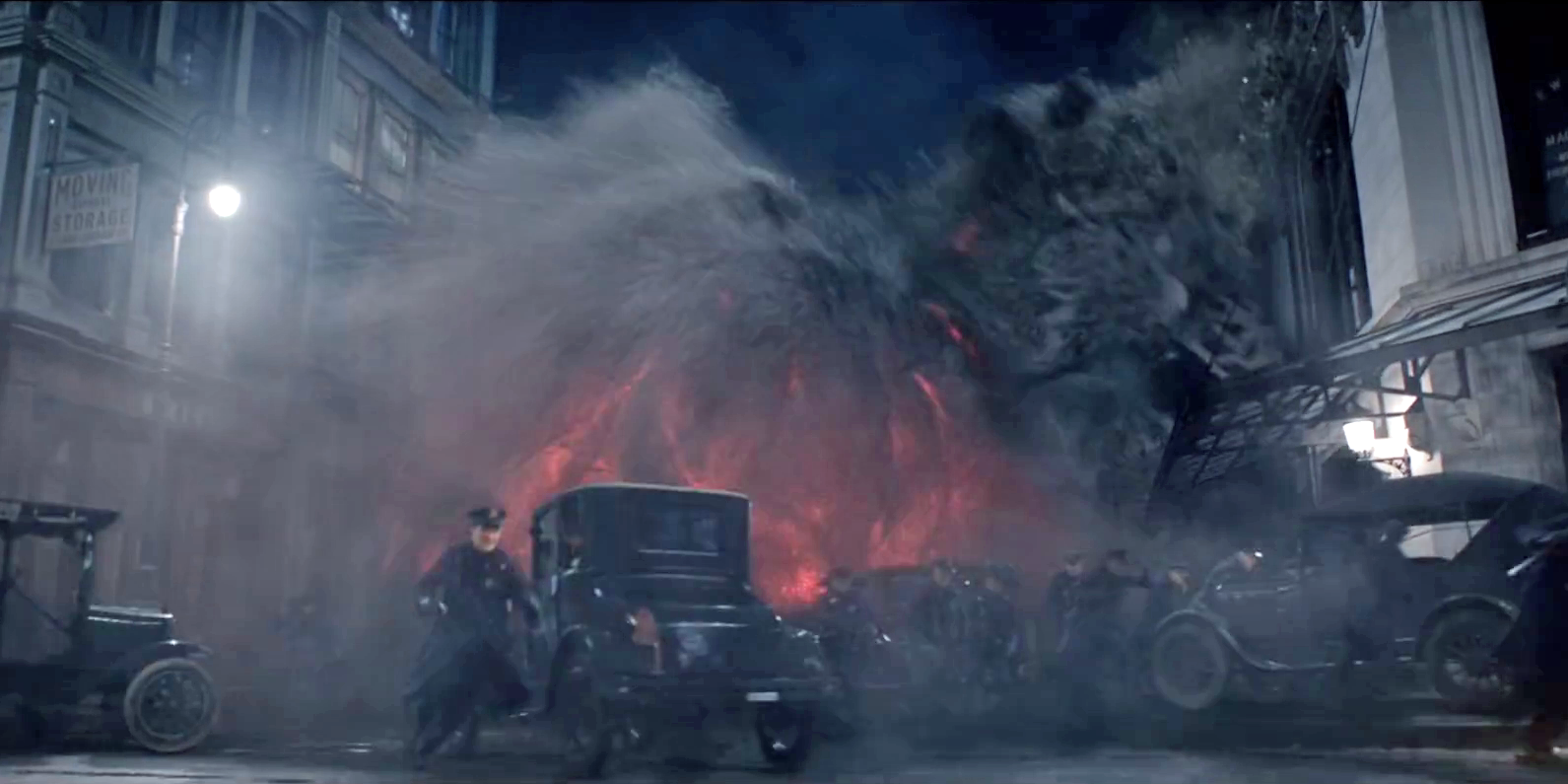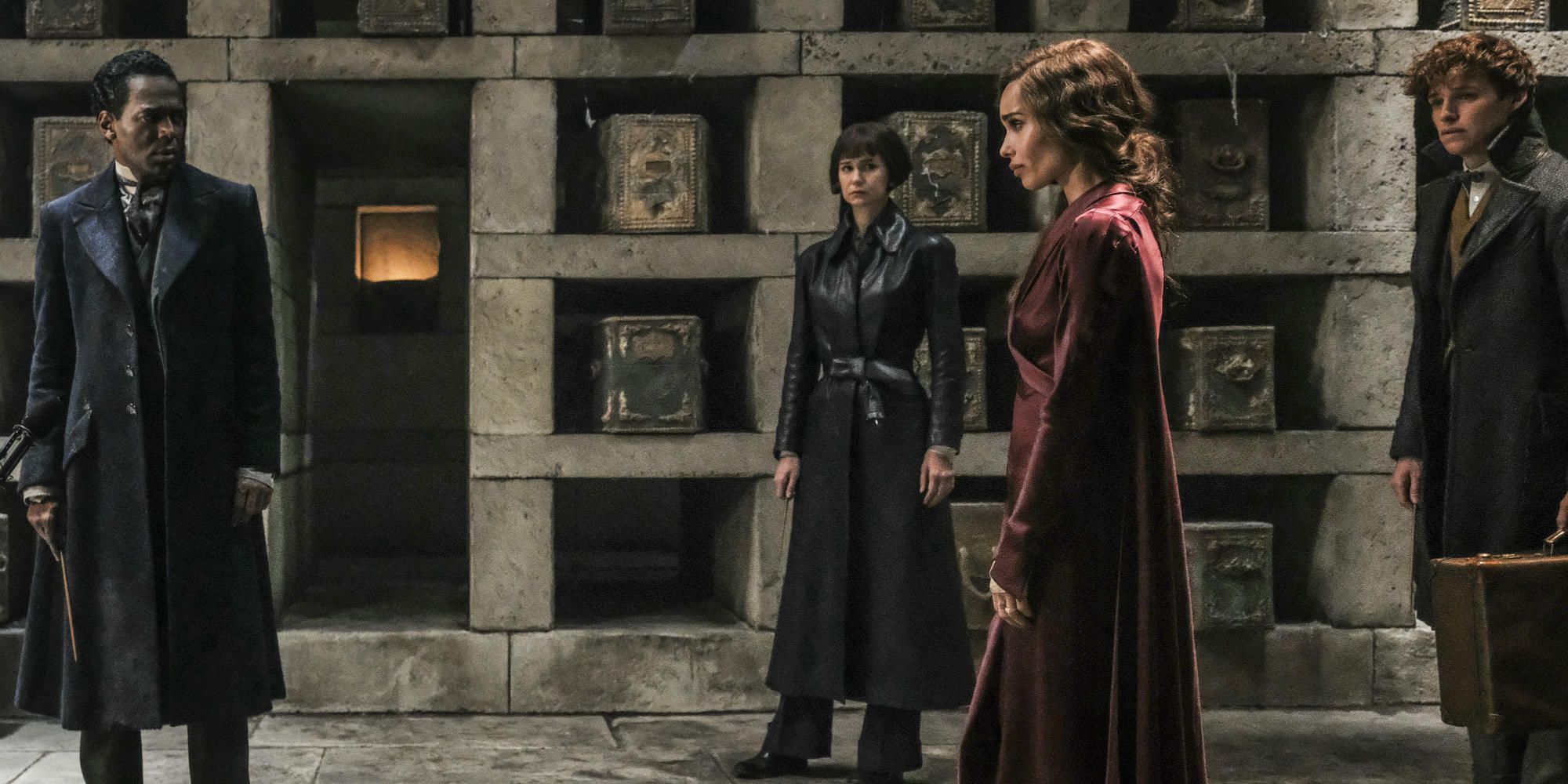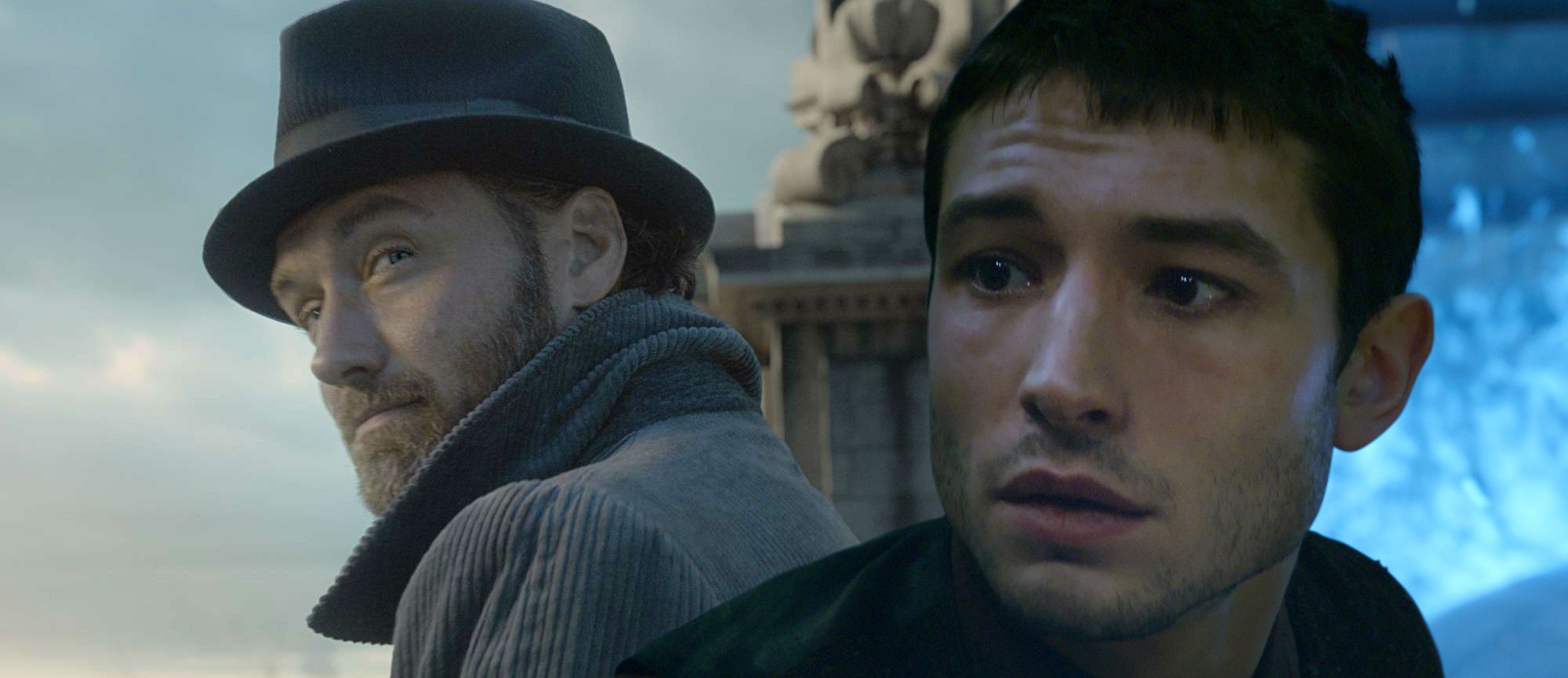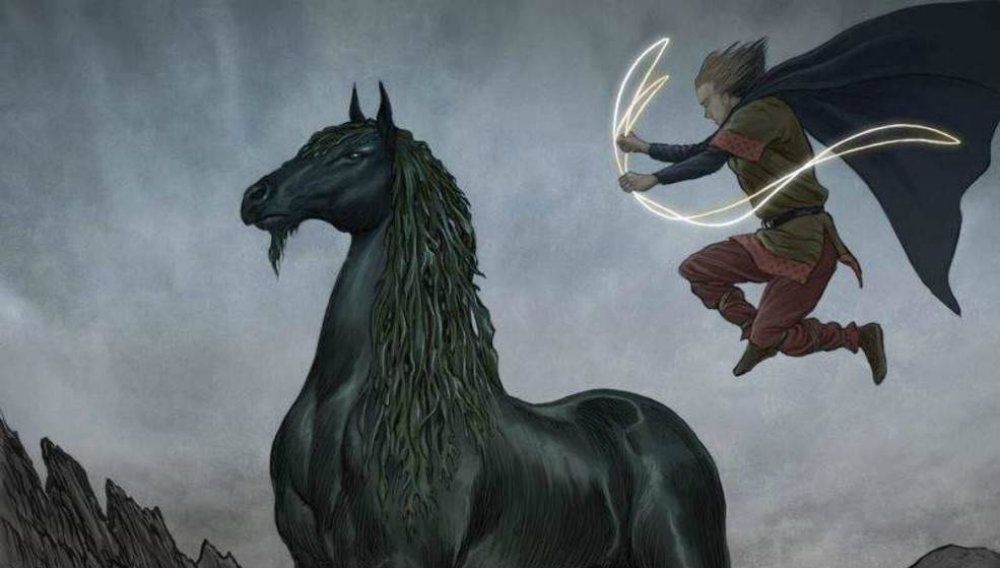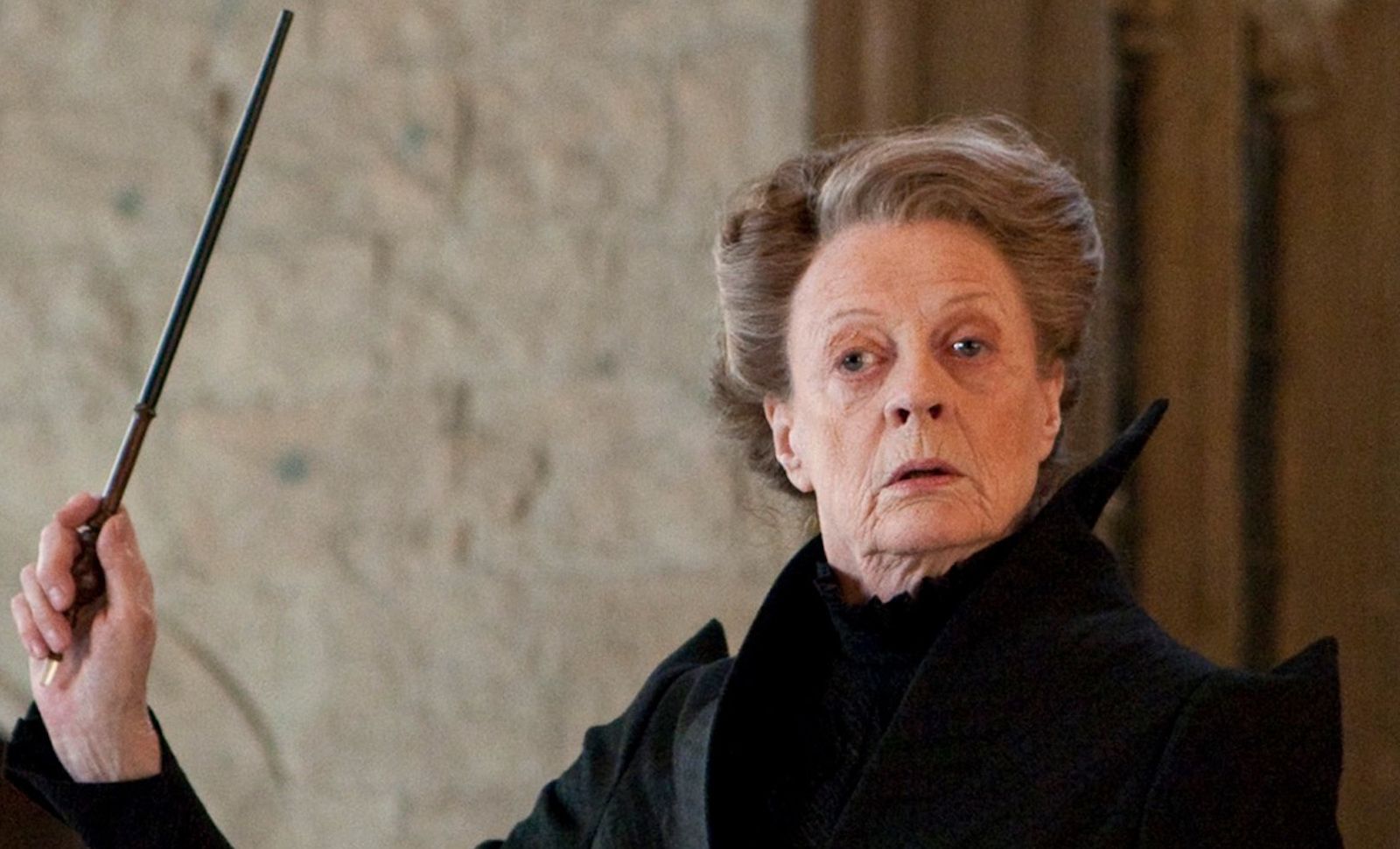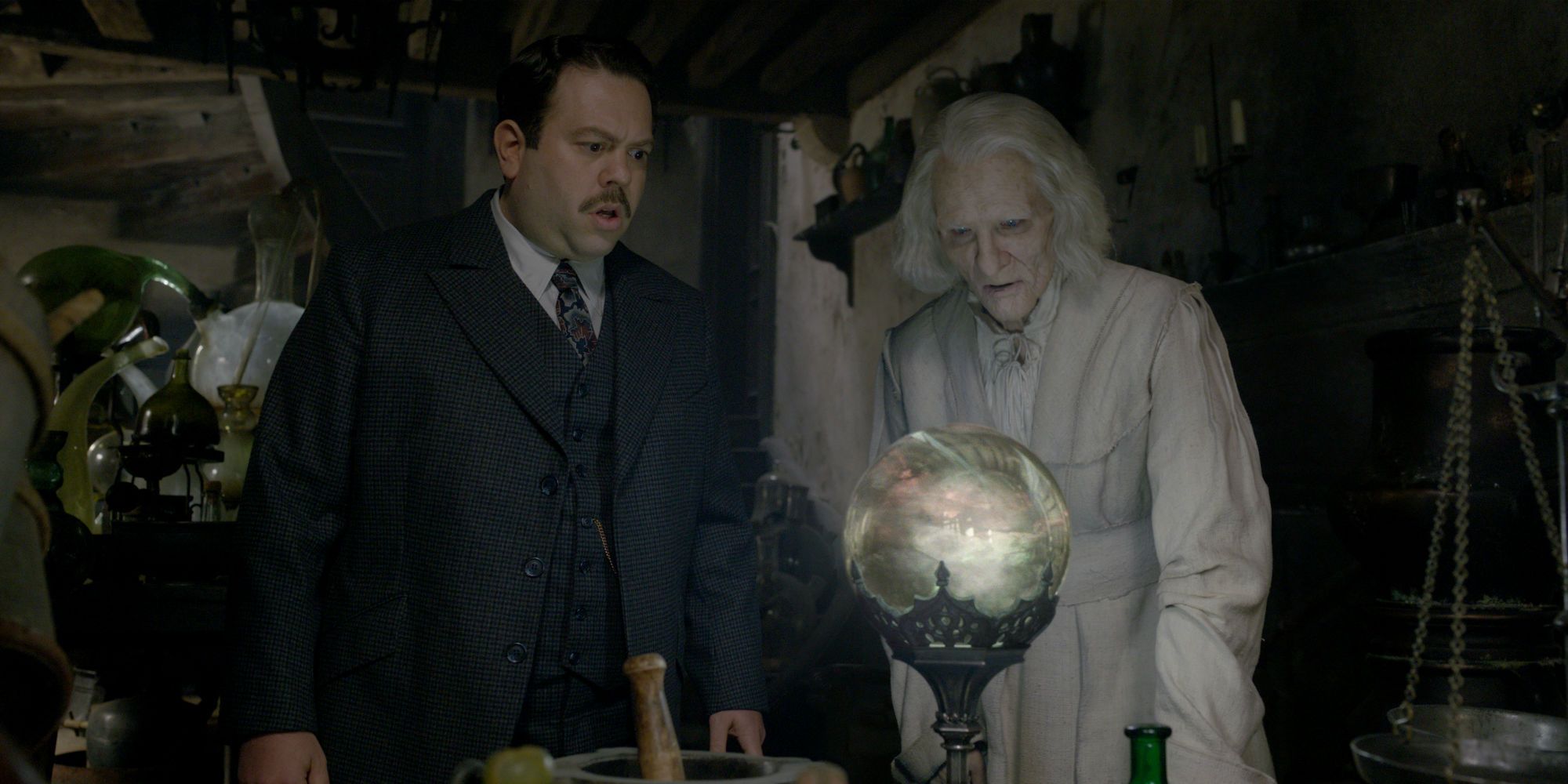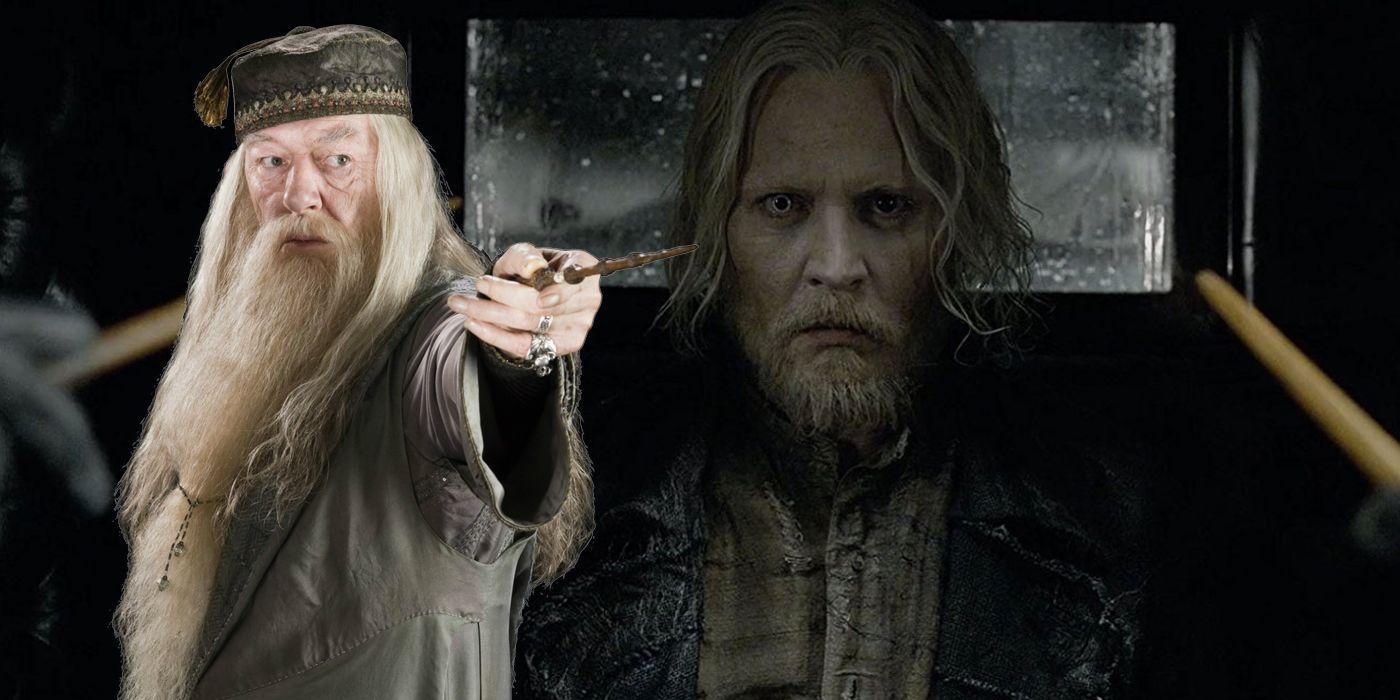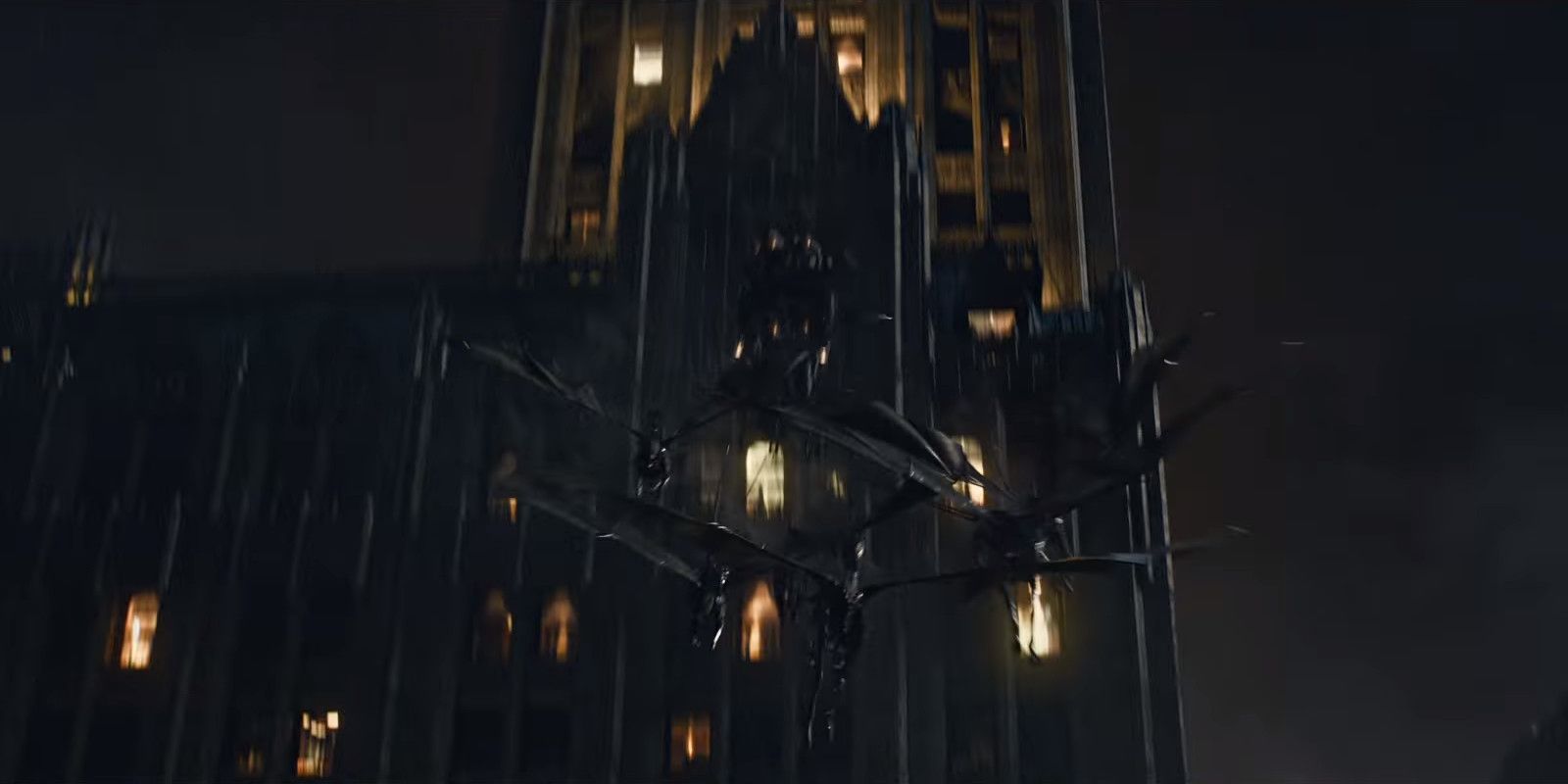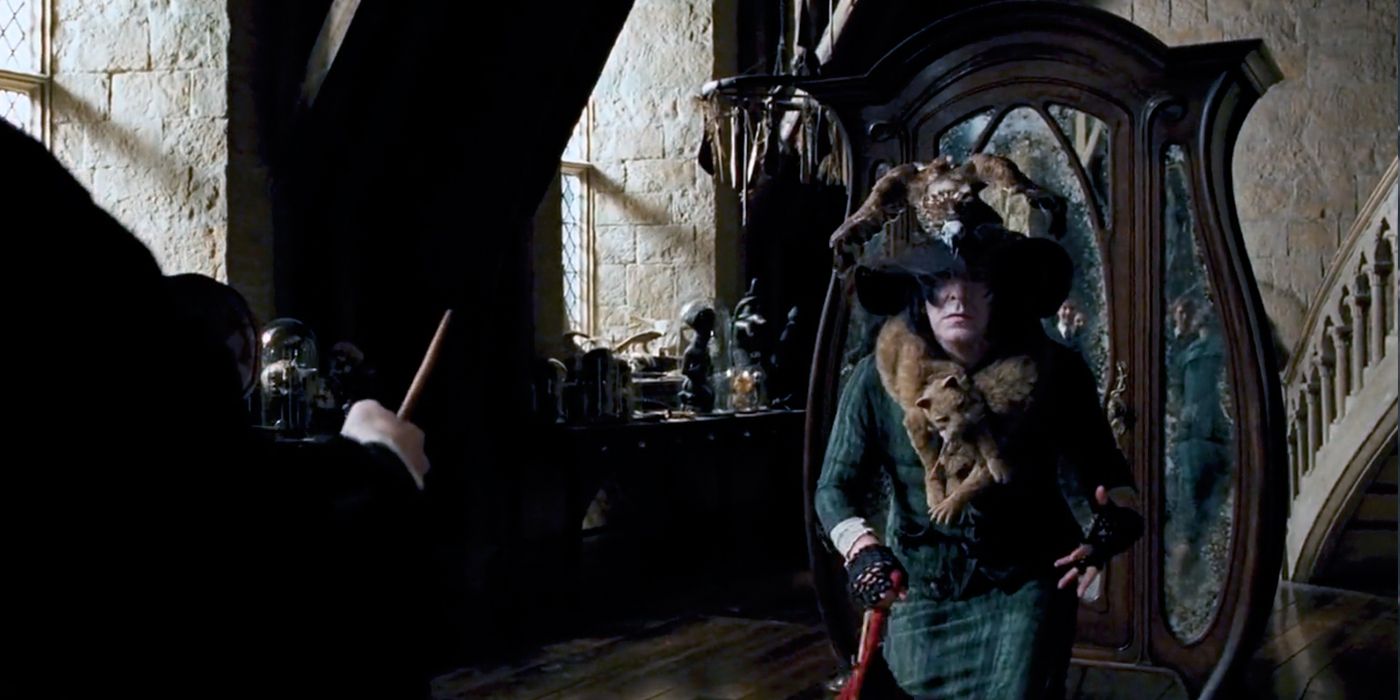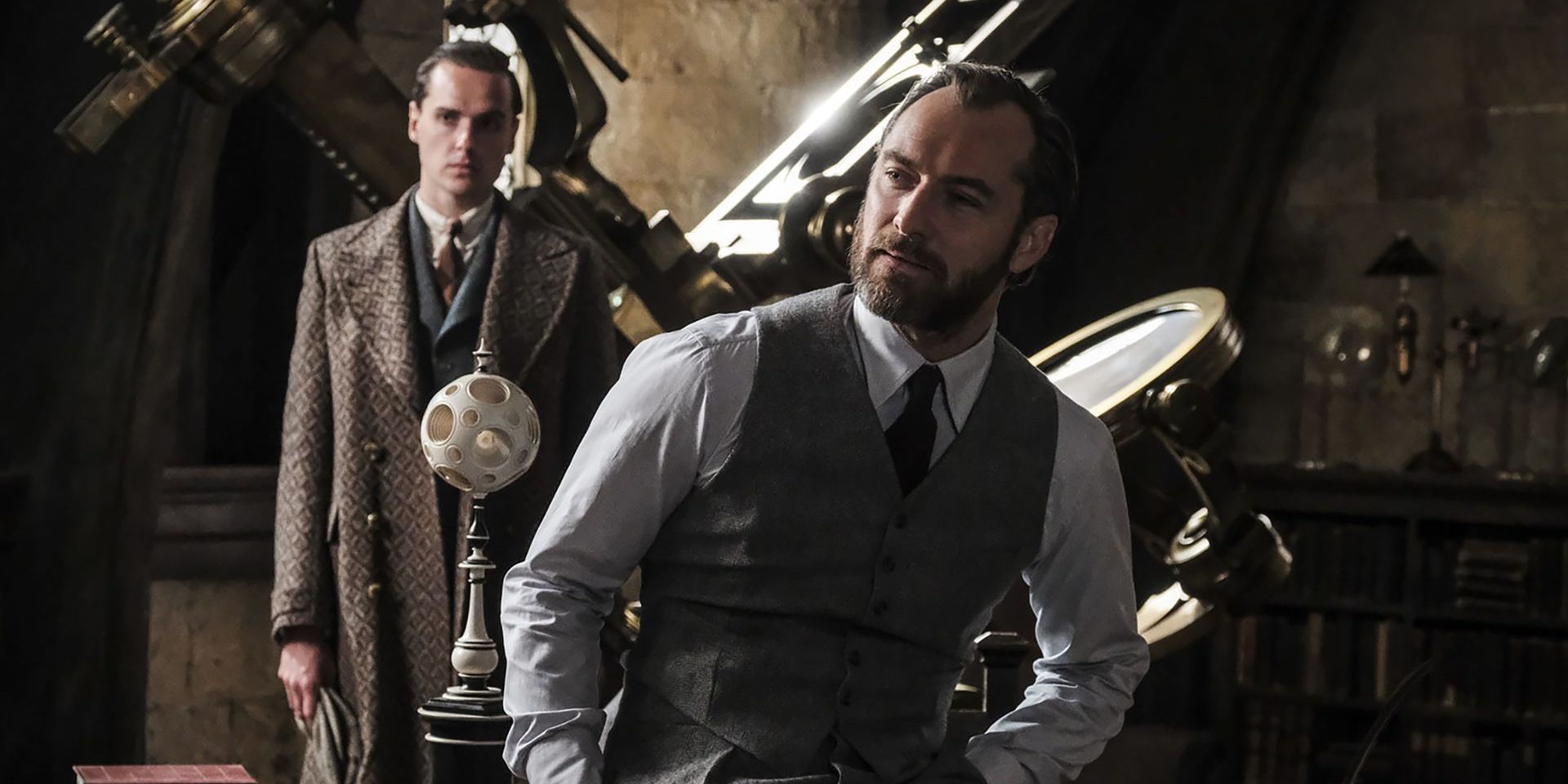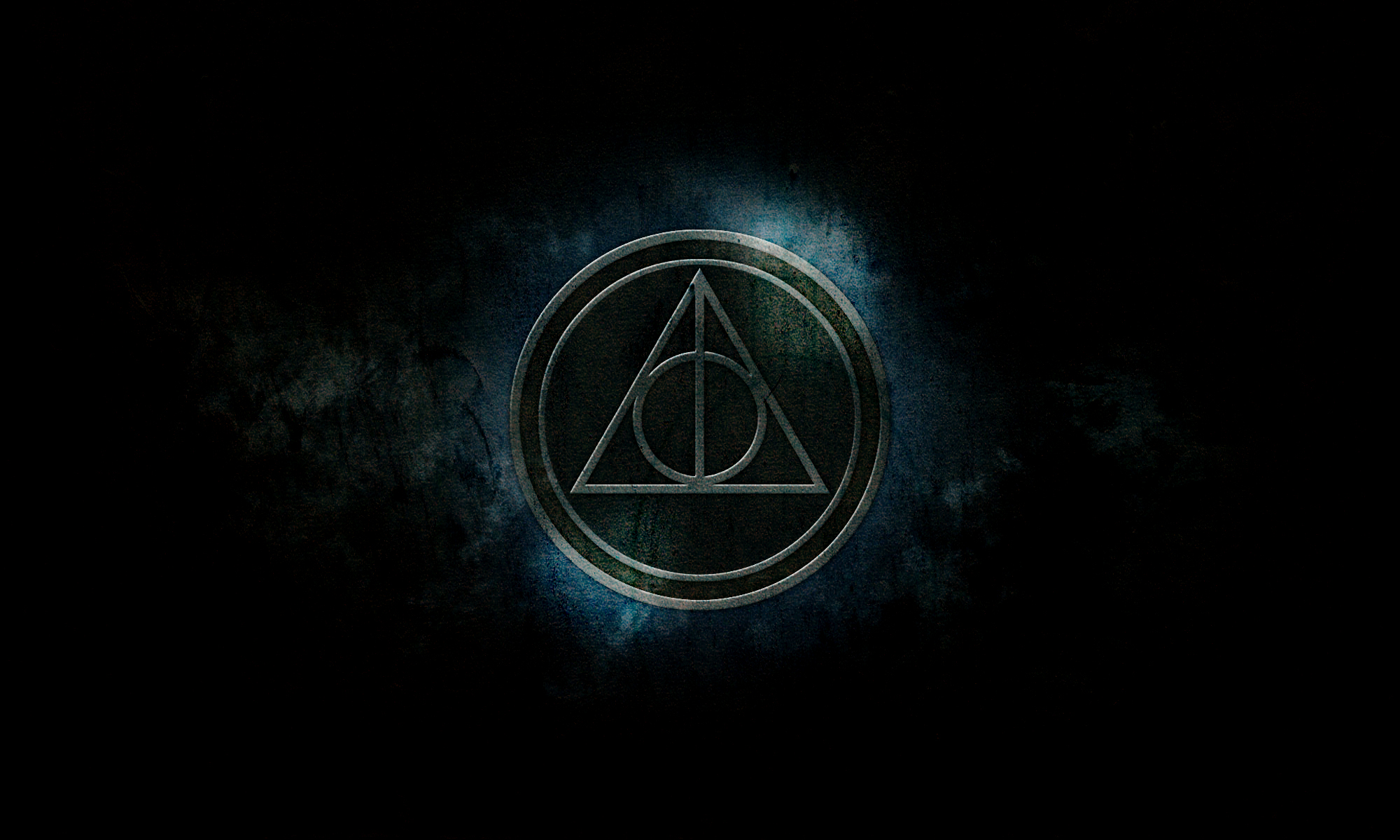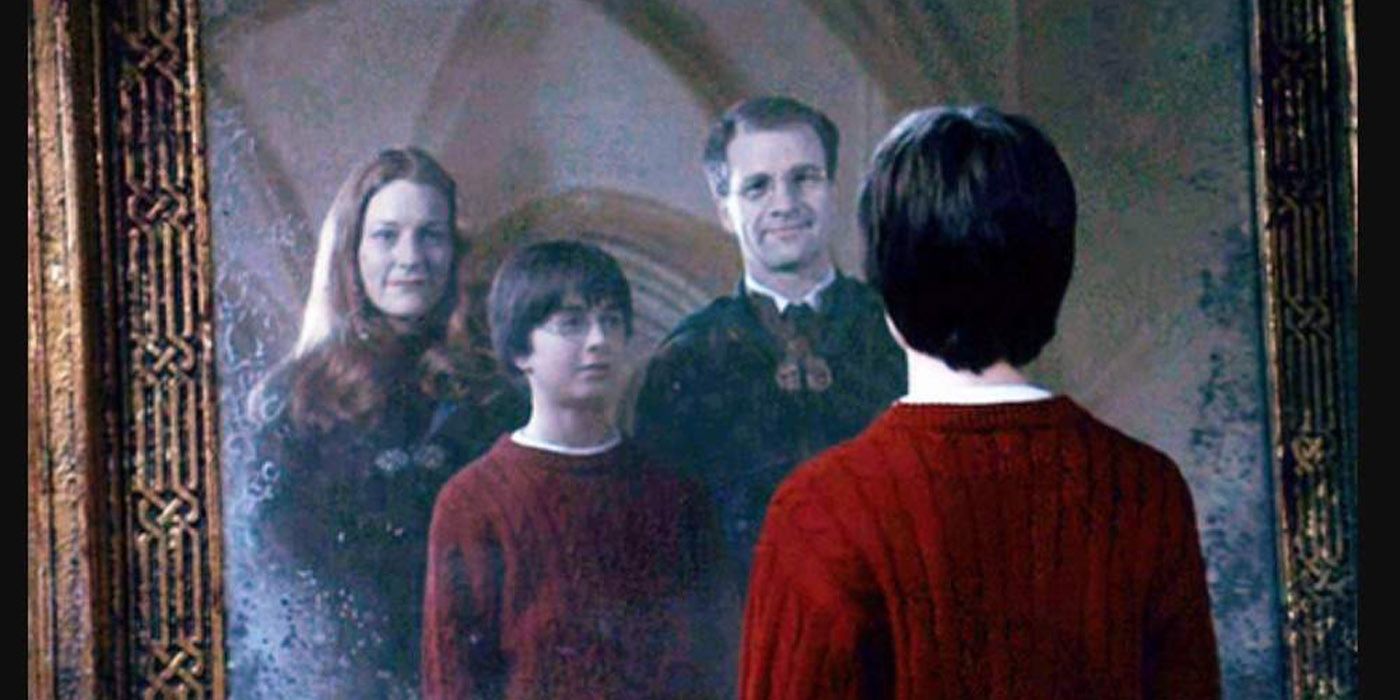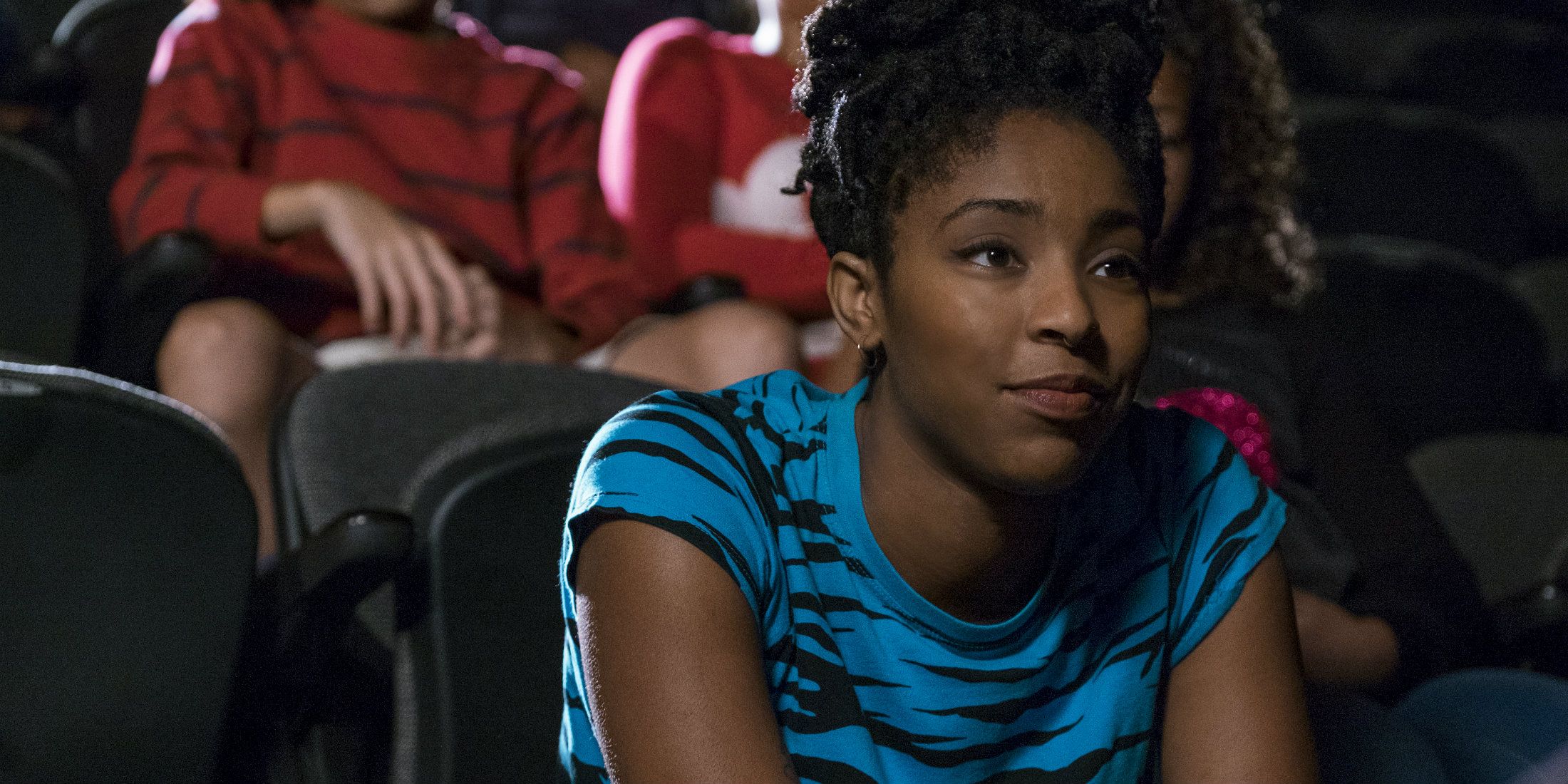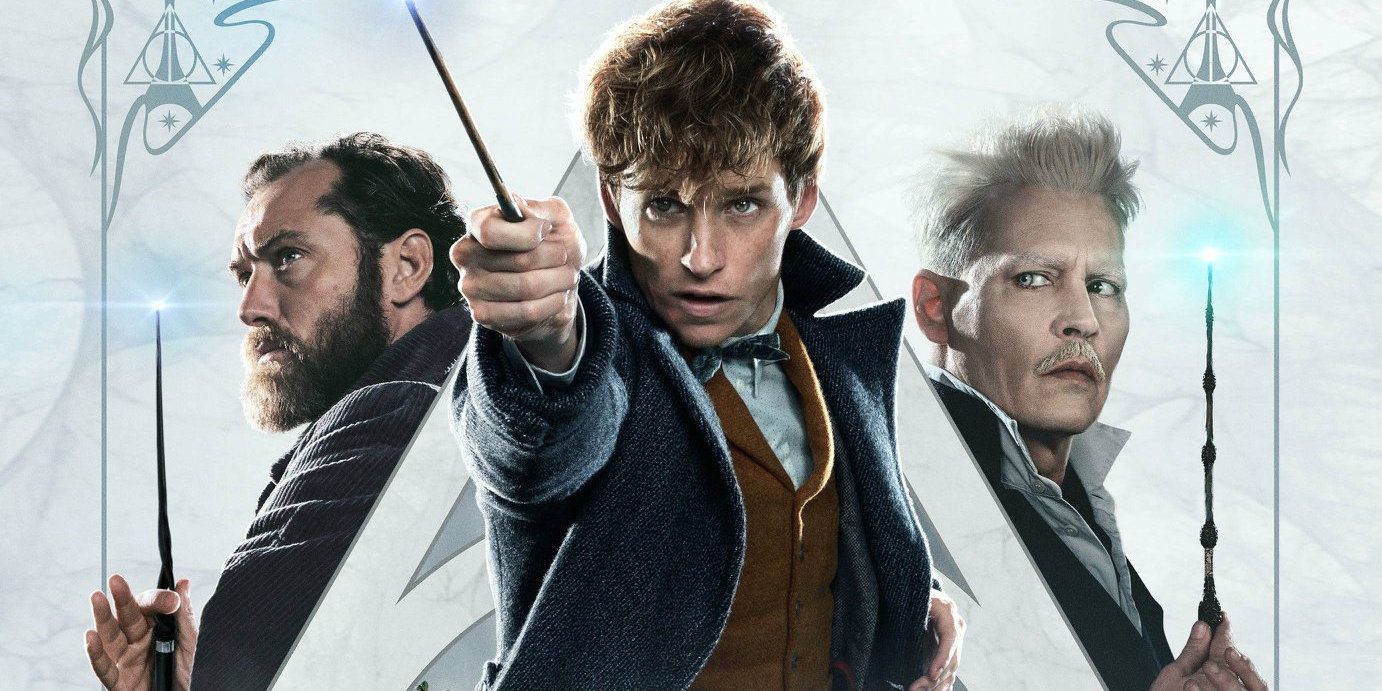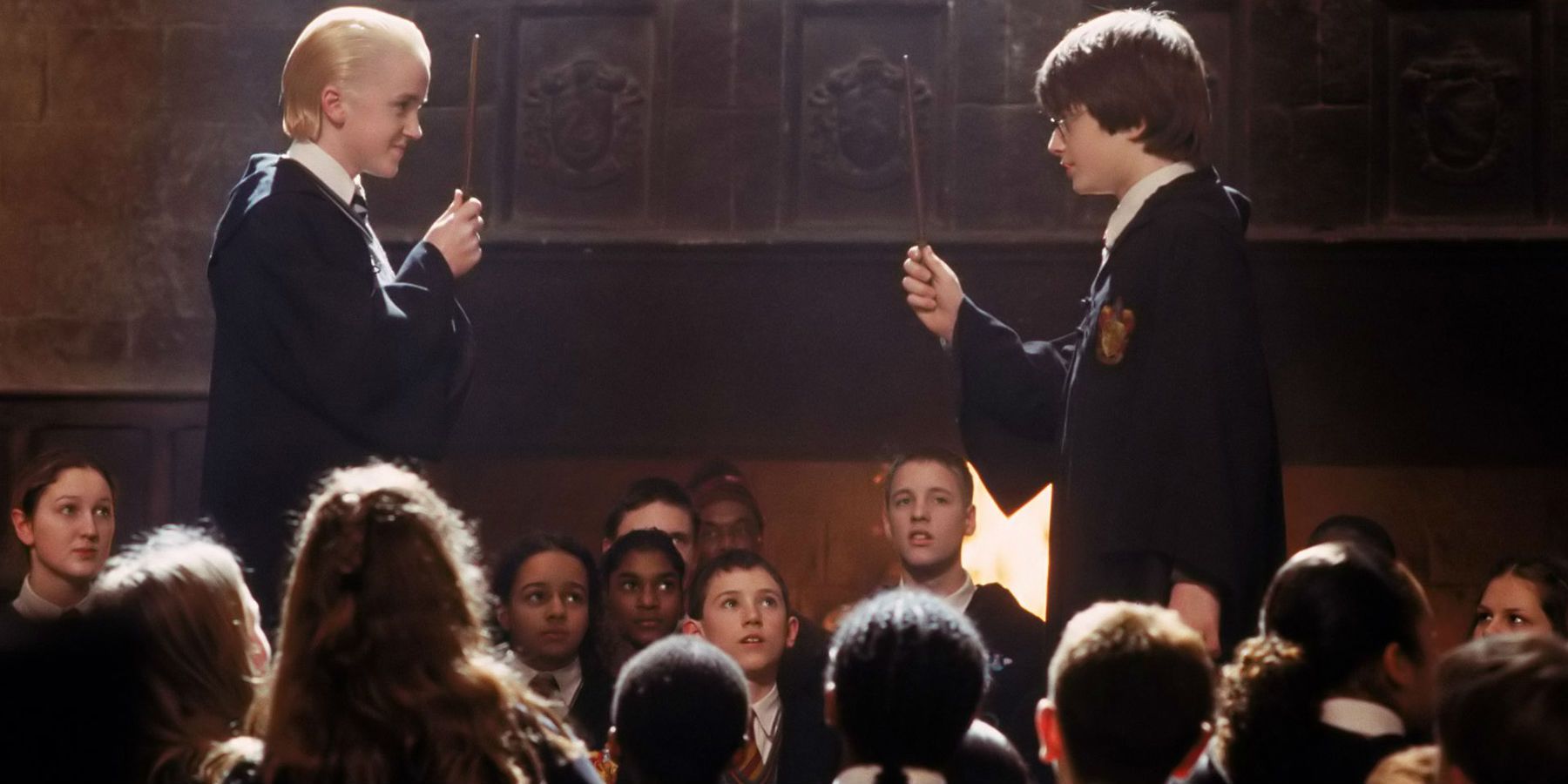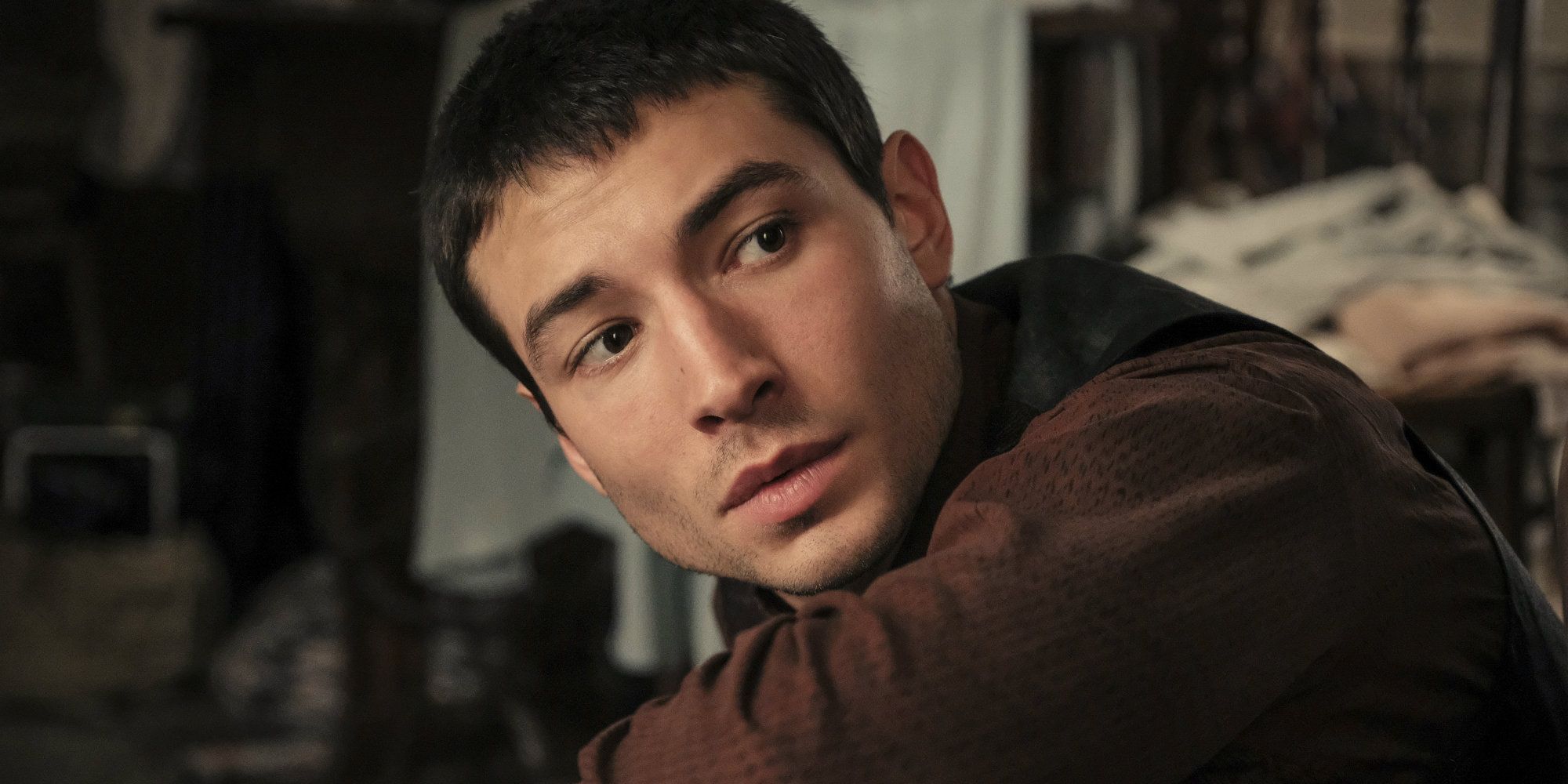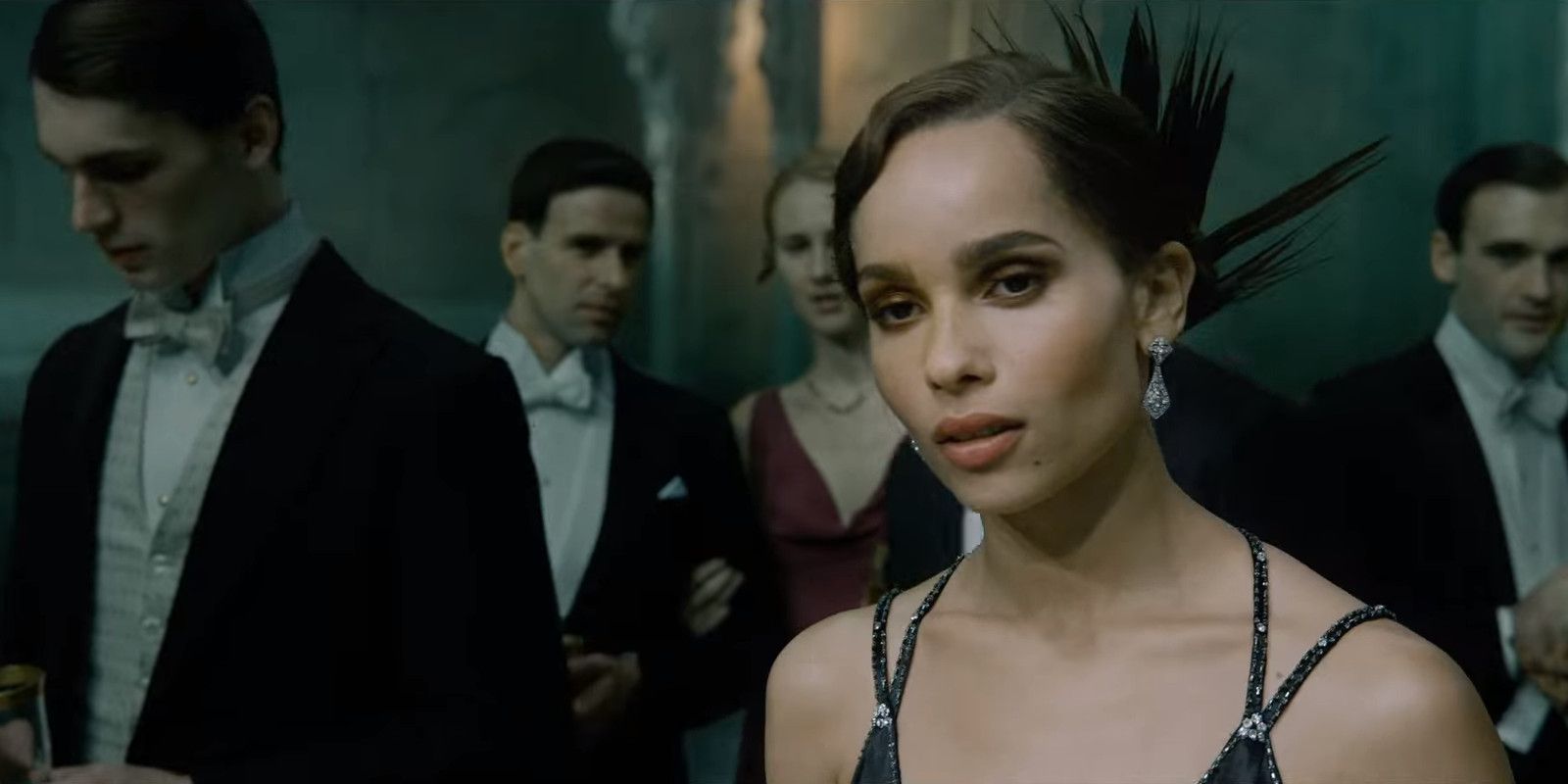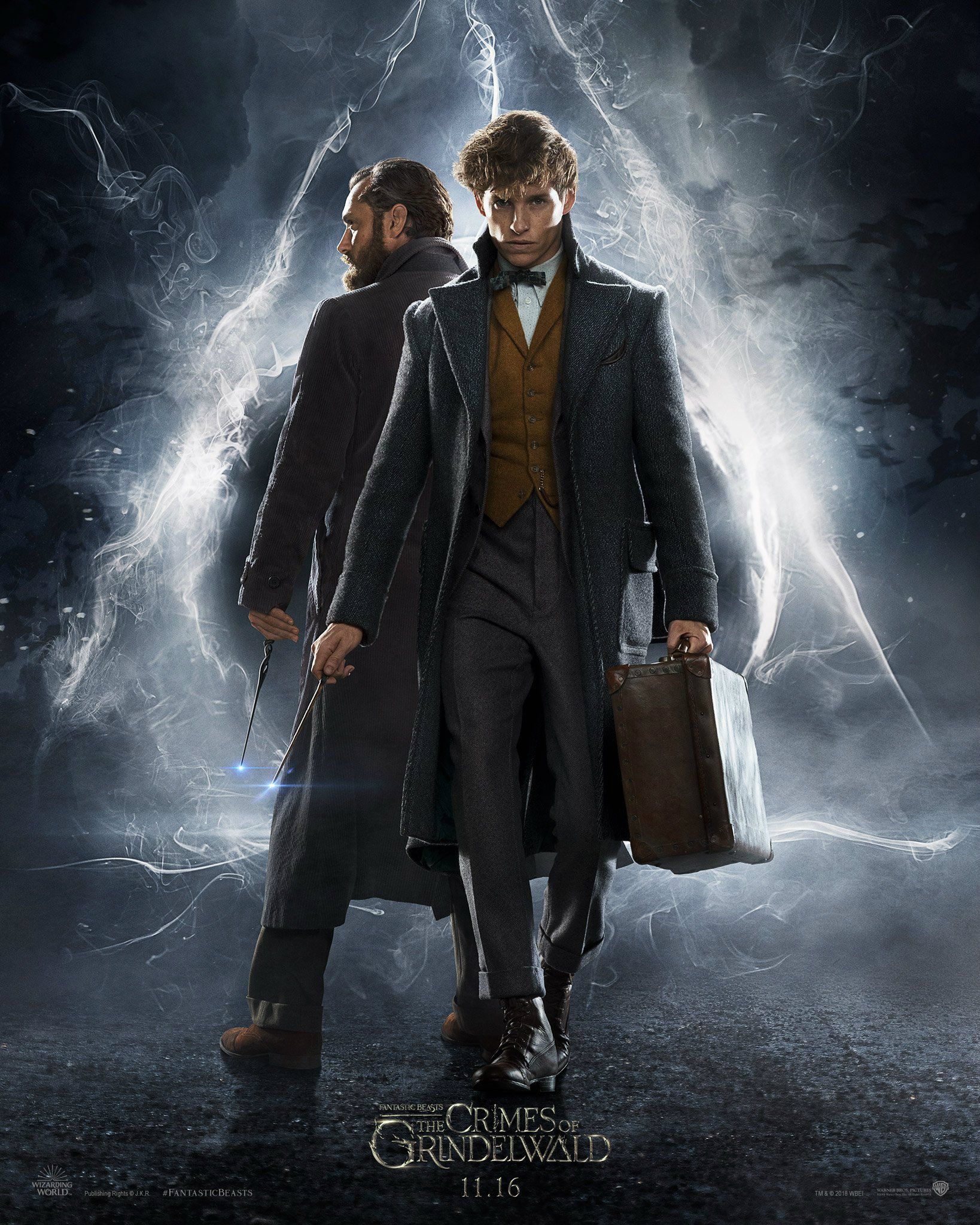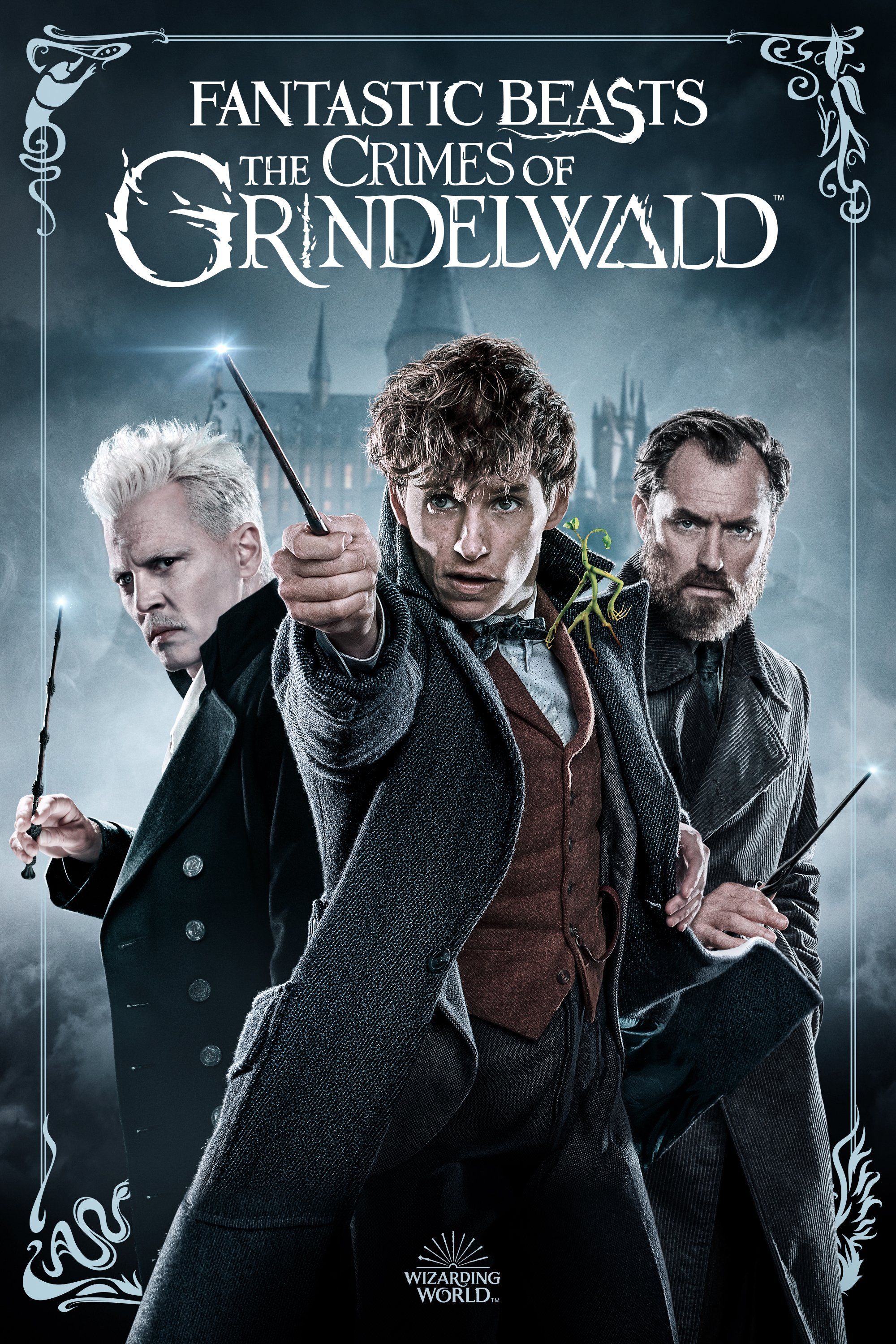Warning: SPOILERS for Fantastic Beasts: The Crimes of Grindelwald
The next chapter of J.K. Rowling's magic universe has arrived in Fantastic Beasts: The Crimes of Grindelwald, and by now Harry Potter fans know that each new story set in this Wizarding World means a host of inside references, allusions to the books, subtle connections to other families and heroes of Hogwarts, and yes, even more magical creatures.
The early responses to Crimes of Grindelwald may have hopeful fans a little unsure of what the future of Fantastic Beasts may hold, but that doesn't take away from the Easter Eggs and easy-to-miss tweaks to the existing timeline and presumed story. It also doesn't make any of the future characters or plot threads planted in The Crimes of Grindelwald any less likely to be delivered upon in a Fantastic Beasts 3, since the fans have proven to turn out for another trip into any Ministry of Magic, in almost any country.
Of course, it wouldn't be a Harry Potter "event" movie without introducing new plot holes, contradictions, and impossible logic fails for fans to debate and defend, accordingly. But to make sure that everyone who rushes out to see Fantastic Beasts 2 gets the most from their showing, we're collecting every reference and detail fans are most likely to miss, or forget. So with one last SPOILER warning for fans who wish to hunt down these Easter Eggs on their own without any clues, let's get started.
Here is our breakdown of Fantastic Beasts 2: 20 Things Fans Completely Missed In The Crimes of Grindelwald.
Ministry Owl Mail
The first time Harry, Hermione, and Ron went undercover into the Ministry of Magic (with help from some Polyjuice Potion, which also makes a return, working just as unreliably) isn't an adventure fans will soon forget - but one of the best jokes on Fantastic Beasts started with a throwaway line in this very sequence.
When the children notice the enchanted mail flitting from one Ministry office to another, it's explained that the offices used to rely on owl mail, but eventually upgraded due to the resulting... mess. When the heroes visit the same Ministry back in the 1920s, most of the architecture and statues are the same, but the mail delivery proves itself in need of an update. True to that original explanation, this film demonstrates the kind of "mess" the owls would have while making their round - and the poor House Elves charged with cleaning up after them.
A Whomping Continuity Error?
There's a good chance that existing Fantastic Beasts fans will be too enchanted by the image of a young Newt and Leta Lestrange - and too lost in sublime ecstasy by the return of Newt's adorable green bowtruckle - to notice that the pair of young lovers are holding their rendezvous in alarming proximity to the Whomping Willow made famous in both Chamber of Secrets.
The lack of any actual whomping during the scene implies some larger story to explain why the tree is not yet enraged… but the continuity mistake is already beyond saving. As diehard fans will recall, Remus Lupin explained that the school “planted the Whomping Willow the same year I arrived at Hogwarts.” Uh-oh.
fawkes returns
We won't go too deeply into the theories and interpretations of some viewers on this one, since some fans who missed it the first time around may catch it on a repeat viewing. But if Fawkes the Phoenix seemed like an important pet of Dumbledore's in the original Harry Potter movies, the new prequel only heightens that impression.
As Dumbledore tells Newt in one of this story's flashbacks, there is a link between the Phoenix and the Dumbledores back to Albus’ grandfather. Since Albus has yet to receive one himself, then his time of greatest need is still ahead of him (in a sequel?). But if you combine that idea to the Phoenix seen in the movie's closing beats, then there may be far more to the Dumbledore legacy than fans have realized before now.
The Chinese Lion
It's too soon to tell whether or not this film series will head into a truly Asian adventure and expansion of magical eastern mythology, but The Crimes of Grindelwald may be the first hint. The biggest new magical creature added to the lore of scary/softy Beasts, the Zouwu, owes its origins to Chinese tradition - and even casual fans of Chinese culture should be able to see the creature's similarities to a major Chinese dance monster.
The Lion Dance, likely seen by most fans of Asian music and dance at some point rhythmically wiggling its way down a city street, relies on teamwork to bring the massive, tailed, four-spike-toothed, feline monster to life. In the real world, historians tie these myths and dances to the mythical creature Nian, a pivotal part of the Chinese New Year. Apparently, they were basing such a tradition on a real, magical beast. Who knew?
The Matagot is the new grim
The return of the Nifflers from the first Fantastic Beasts movie may claim the title of “magical creature most craves by fans,” especially now that they've been seen in the baby forms. But if there's a second choice, we're willing to bet many cat owners out there will desire a Matagot, the name given to the big, twisted, evil-looking cats used for a number of jobs within the French Ministry of Magic. But believe it or not, these creatures are also based on an existing legend popular across Southern France.
Said to bring wealth if a person leads one home and feeds it better than themselves, their most powerful ability in the film is scaring off would-be troublemakers. The best part? After J.K. Rowling gave dogs the spotlight by making “a Grim” a sign of trouble approaching, she's flipped to let cat people win the day with her second series. Thankfully, the huge, black, hairless felines are just a bit of French folklore for now.
The Truth About Dumbledore's Sister
The mysterious passing of Ariana Dumbledore wasn't even a mystery when it was first described in the Harry Potter books. After being picked on by non-magical children, Ariana ceased to perform magic… and due to some event too tragic to mention, she eventually passed away.
So when J.K. Rowling added the idea of Obscurials to the lore long before the modern day, many fans connected the dots and assumed that Ariana was in pain from just such an affliction, after bottling up her magical powers. If true, then it would explain her passing without truly vilifying Albus, Aberforth, or Gellert. Now that The Crimes of Grindelwald has revealed the blood oath made by Dumbledore and his former friend, perhaps taking place after Ariana's was eliminated in some kind of argument or scuffle, the evidence continues to mount.
kelpies finally appear
There are plenty of new magical creatures either shown for the first time, or making their first entry into the Harry Potter universe, but audiences may not know that most of them are drawn from real-world mythology (often that of the United Kingdom). The perfect example is the widespread belief in a Scottish water monster - not just the Loch Ness version, but the dark fairy tales told near almost all Scottish lakes and rivers at some point in history.
They're referred to as “Kelpies,” a name which doesn't actually refer to seaweed, as the version seen in Crimes of Grindelwald might suggest. The name refers to an old word for “colt,” since these water spirits or demons are typically depicted as seahorses… when not deceiving innocent passers-by in their human form. Newt proves their reputation is darker than their nature, but the movie proves the other lesson, that beautiful strangers shouldn't be trusted. After all, it might be Johnny Depp hiding underneath Colin Farrell's face.
McGonagall's age issue
The introduction of Albus Dumbledore in just the second Fantastic Beasts movie proves the filmmakers basically are telling something of a prequel series to the Harry Potter story. Of course, fans do crave connections and cameos from actors and characters already existing in the Potterverse. Which is why Dumbledore referring to one young professor as “McGonagall” is going to cause some major confusion.
The line is delivered during a flashback to Newt's days at Hogwarts as a student, which is a major problem, since Newt Scamander should be much older than Minerva McGonagall (Maggie Smith). If the blink and you miss it link is meant to be what it's obviously teasing, then the filmmakers must have changed the existing timeline to make Minerva old enough to have been a professor at the time, or her mother old enough to have been the same. The jury is still out on this one.
The Philosopher Flamel in The Flesh
The legend of Nicolas Flamel didn't even require him to make an appearance to become one of the most memorable and pivotal figures in Harry Potter's mission to put an end to Voldemort once and for all. As the longtime owner of the titular “Philosopher's Stone” the wizard enjoyed immortality, despite being forced to destroy it when Voldemort set his sights upon it as a means for his resurrection.
The Crimes of Grindelwald doesn't just give audiences a chance to see what the brand of “immortality” used by Flamel actually looks like in the flesh, but a glimpse of the first chronological appearance of the Philosopher's Stone, visible when Nicolas Flamel's safe is opened.
For The Greater Good
Believe it or not, The Crimes of Grindelwald doesn't just reveal the past of Albus Dumbledore, but some of the future of his brother, Aberforth. At least, it might. Grindelwald's plea to magic users that they should throw off their shackles isn't exactly a new argument for the series, but the wording the villain uses when trying to persuade is. The idea that wizards should take control over Muggles “for the greater good” is one Grindelwald bases his position on, and one that Dumbledore originally shared.
If you're wondering how deeply Grindelwald's arguments eventually burrowed themselves in even good-leaning people, just take note of the first time the phrase was introduced into the Harry Potter series of books. It's Aberforth Dumbledore who warns the heroes that, “sometimes you've got to think about more than your own safety! Sometimes you've got to think about the greater good! This is war!”
The Trouble With Thestrals
It's been hard to forget the image of the black, skeletal, winged horses that propel the Hogwarts carriages, previously thought to be piloting themselves. As Harry learned thanks to Luna Lovegood, only they can see the Thestrals where their fellow magic users see nothing… because a Thestral can only be perceived by those who have witnessed someone passing away.
It's one of the more haunting ideas J.K. Rowling includes in the Harry Potter story, but Crimes viewers may not remember that crucial requirement. Just about every character seems to be able to see the Thestrals - making for one of the grimmest, but likely most appropriate details given the mission and world in which these earlier wizards and witches exist.
Dumbledore's Boggart Lesson
There aren't as many fantastic beasts in the sequel as some fans will hope, but a return appearance from a famous Harry Potter character will make up for it. We're referring, of course, to the Boggart, the magical creature which takes the form of whatever its Prey most fears.
The creature made its first appearance back in Harry Potter and the Prisoner of Azkaban in Professor Remus Lupin's Defense Against the Dark Arts class, and Dumbledore's lesson decades earlier follows the exact same structure - a subtle sign that later professors followed Dumbledore's lead. Since movie fans never got to see Albus teaching, it's as solid a connection as can be hoped for, considering the time differences.
Wait, Did Dumbledore Teach Defense Against Dark Arts?
While we're on this topic, it's worth asking when Albus Dumbledore actually became a past teacher of Defense Against the Dark Arts? In the previous canon, Dumbledore was a famed professor of the more lighthearted Transfiguration. And even more, the role of DADA Professor became cursed after it was denied to Tom Riddle. Thus followed the long line of "cursed" instructors, but if J.K. Rowling is returning to that idea by making Dumbledore a veteran instructor, perhaps there's more to this change than fans can grasp... so far.
The deathly hallows in the movie logo
You don't actually need to see The Crimes of Grindelwald to appreciate the detail that multiple generations of Harry Potter fans work into the world. The marketing too, since the logo for the Fantastic Beasts sequel includes three nods for the fans.
Take a closer look at the I in “Crimes,” and the G and A in “Grindelwald.” The letters are actually the Elder Wand, the Resurrection Stone, and the Cloak of Invisibility - the three famous components of The Deathly Hallows. Fitting, since we think Grindelwald may have heard the story before, even if it was just the Elder Wand he sounded especially interested in when his sad story was recounted in the original novels.
what dumbledore saw in the Mirror of Erised
The enchanted mirror is famous for good reason, said to reflect not what a person sees, but what a part son most deeply desires, whether they're willing to accept it or not. The Mirror of Erised was immortalized in the heartbreaking scene in Philosopher's Stone when Dumbledore found Harry gazing into it to see his mother and father beside him.
Now, Crimes of Grindelwald reveals that when Dumbledore looked, he didn't see “socks,” but the face of Grindelwald. The explicit context is their past oath, but for those wishing the movie would reflect Dumbledore's confirmed love for Grindelwald, seeing Albus envision the villain in “the mirror of desire” is a wink to fans in the know, at least.
Not Every Cameo is Called Out
If fans spend most of their time closely listening to hear the names of new or old characters, and ties to later Harry Potter Era families, they may find a few. But some of the most interesting cameos have been placed in the film in ways that will go completely unnoticed by most of the audience. Take Vinda Rosier played by Poppy Corby-Tuech, a member of one of the less than theory true pure-blood families.
A character cast for the film, but whose role can only be glimpsed. She will possibly return for an even bigger role in the next installment of the Fantastic Beasts series, since J.K. Rowling has confirmed that Jessica Williams’ Ilvermorny professor Eulalie “Lally” Hicks will have a far more important plot in the next film, and was included here as a… future cameo?
Brand New Spells
Every Potter fan knows that spending free time uttering their favorite spells can become addictive, so it's a good thing that The Crimes of Grindelwald add a brand new batch of incantations (all of which relying on some creative Latin to fit the universe). The use of "Papyrus Reparo" to return a postcard to its original state, like glasses seen previously opens a new door to how many variations are actually possible.
"Nebulus" is used by Dumbledore to create a blanket of fog, "Osclausi" allows Leta to literally "close the mouth" of a student she dislikes, and the most useful, "Reverte" to restore the way objects in a room used to be. Throw in Ventus, Surgito, Appare Vestigium, and even more sure to be deciphered in the coming weeks, and it's Christmas come early for wizards and witches.
Dumbledore's Dueling Club
Ask Professor Slughorn and he'll tell you that great Wizarding families are hard to come by. So when one member becomes worthy of note, there's a good chance it might be passed down to their descendants. As proof, just look to the scene revealing that Albus Dumbledore trained Hogwarts students to duel one another long before Gilderoy Lockhart did the same in Chamber of Secrets.
During the action, the future headmaster calls out one student by the name of "McLaggen." The student's first name isn't revealed, but it's an obvious nod to Cormac McLaggen, a student at Hogwarts during Harry Potter's years (memorable as the original Gryffindor quidditch keeper, and one of the students invited to the infamous "Slug Club").
The Credence Clue, in Book Form
If you've made it this far, we don't have to worry about the insinuation made by the final scenes of The Crimes of Grindelwald, providing mysterious insights into his family line, and the roles that Leta Lestrange, Nicolas Flamel, and who knows how many other wizards and witches may play in the cover-up or search for truth.
But fans should pay close attention to the book that Nicolas Flamel uses to contact and communicate with the head of America's magic community. Because it's the very same book that can be made out belonging to the woman originally entrusted with caring for Credence. A woman who many will assume was his mother, is credited as his aunt, and now... may be in communication with Nicolas Flamel, the close friend of Albus Dumbledore. The plot thickens!
The Leta Lestrange and Voldemort Connection
When audiences line up to see the latest Harry Potter adventure, they probably don't expect to deal with questions of forced love, marriage, pregnancy, or issues of consent. But they get just that in the story of Leta Lestrange, who is revealed to be the product not of love, but of her father seeking a child by putting her mother under the Imperius Curse.
It's a crushing storyline that will get a variety of responses from moviegoers, but it also lines Leta up with another major "pure-blood" - Lord Voldemort. Fans may have forgotten that Tom Riddle's mother used a love potion or spell to court Tom Riddle, Senior, and have their son. Considering how that child turned out... well, the odds were never in Leta's favor.
---
Those are all of the Easter Eggs and connections we could find to the previous Harry Potter mythology in the second entry of Fantastic Beasts, The Crimes of Grindelwald. If there are any we missed, be sure to let us know in the comments!

